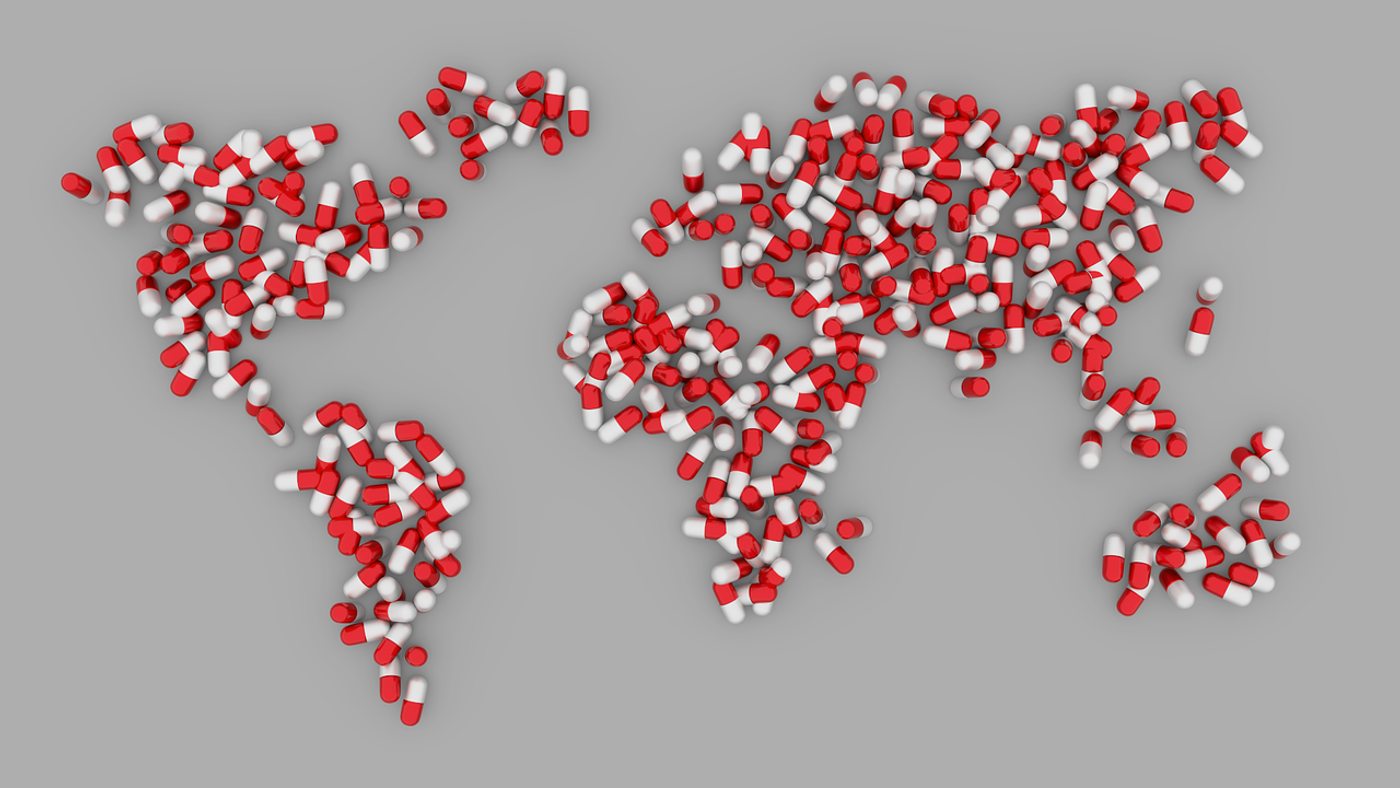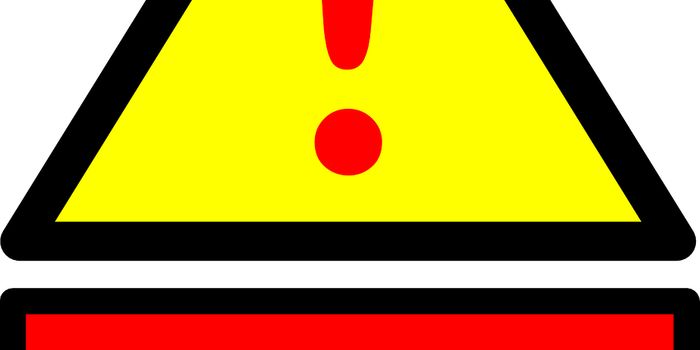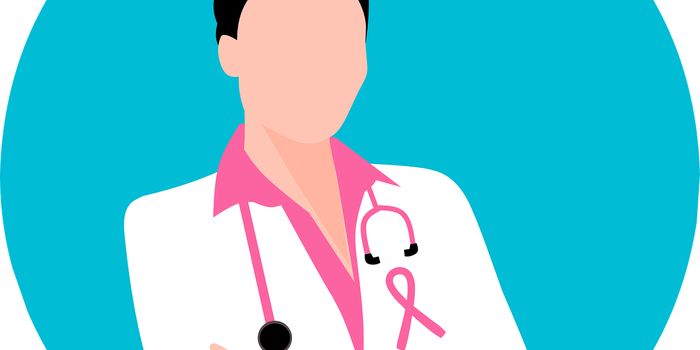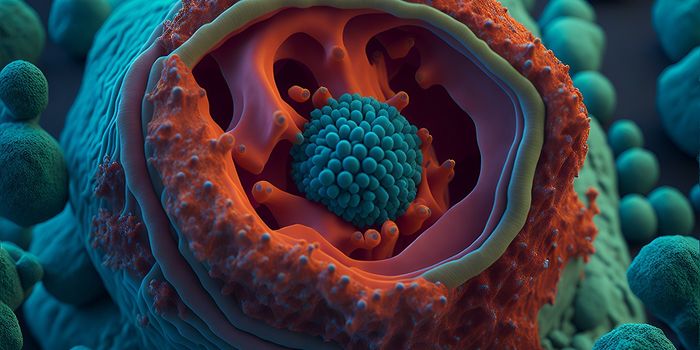Limited Supply of Cancer Drugs and the Impact on Patient Care
The United States Food and Drug Administration (FDA) tracks drugs experiencing shortages, preventing doctors from getting the best drugs to treat their patients’ needs. Drug shortages can occur due to manufacturing delays, quality control issues, or product discontinuation. Inevitably, any drug shortage can have detrimental effects on patients in desperate need of these medications.
As of May 29, 2023, the FDA Drug Shortage Database lists 15 medications in the Oncology Therapeutic Category. You can find several chemotherapies on the list of limited supply drugs, including carboplatin, cisplatin, fludarabine, and methotrexate.
So how does the growing shortage of cancer drugs impact patient care? As you can imagine, doctors prescribing drugs in limited supply may have to make some really tough decisions. In many cases, if a drug is unavailable, a doctor has only two choices: ration the medication by providing patients with a suboptimal dose or substitute a less desirable alternative, potentially with more severe side effects or less efficacy.
Some cancer treatment centers with limited supplies of drugs in shortage have set up algorithms to triage the stocks on hand. The top priority usually goes to patients likely to be cured. This leaves patients without access to drugs that could extend their life because they remain unlikely to go into complete remission.
Some of the cancer drugs experiencing a shortage do not have a viable alternative, according to a statement released by the American Cancer Society Cancer Action Network (ACS CAN). These include medications needed for treating aggressive cancers, including triple-negative breast cancer, childhood leukemia, and ovarian cancer.
The ongoing cancer drug shortage did not arrive out of the blue. In March, the Senate Committee on Homeland Security and Governmental Affairs led by Chairman Gary Peters (D-MI) released a report noting drug shortages at a record high. Between 2021 and 2022, we experienced a 30% increase in new drug shortages. At the end of 2022, drug shortages had reached a five-year record high, with 295 active drugs in limited supply.
The Senate report indicates a variety of causes for the ongoing drug shortages, “including economic drivers, insufficient supply chain visibility, and a continued U.S. overreliance on both foreign and geographically concentrated sources for medications and their raw materials.”
In addition, the Senate report lists several recommendations to resolve current drug shortages and prevent future occurrences. The suggested actions include:
- Investment in domestic manufacturing.
- Instituting regular medical supply chain risk assessments.
- Requiring manufacturers of life-sustaining drugs to notify the FDA of increased demand or export restrictions.
Sources: Cancer Letter, ACS CAN


















































